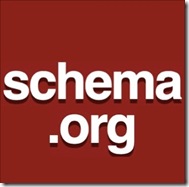
Hidden Gems in the new Schema.org 3.1 Release
I spend a significant amount of time working on the supporting software, vocabulary contents, and application of Schema.org. So it is with great pleasure, and a certain amount of relief, I share the release of Schema.org 3.1 and share some hidden gems you find in there.


